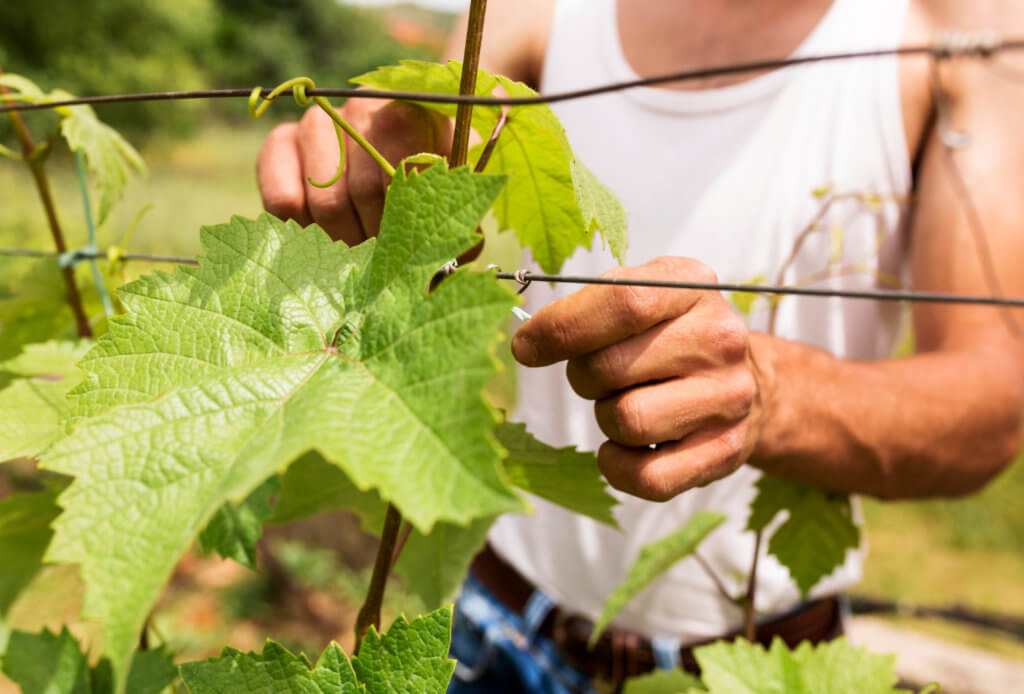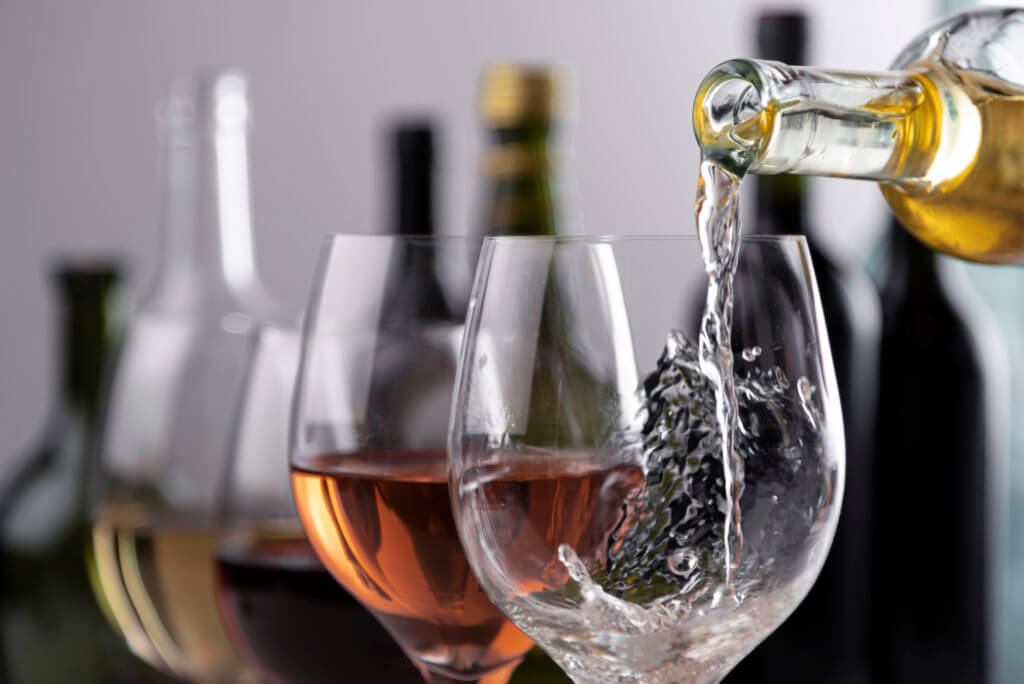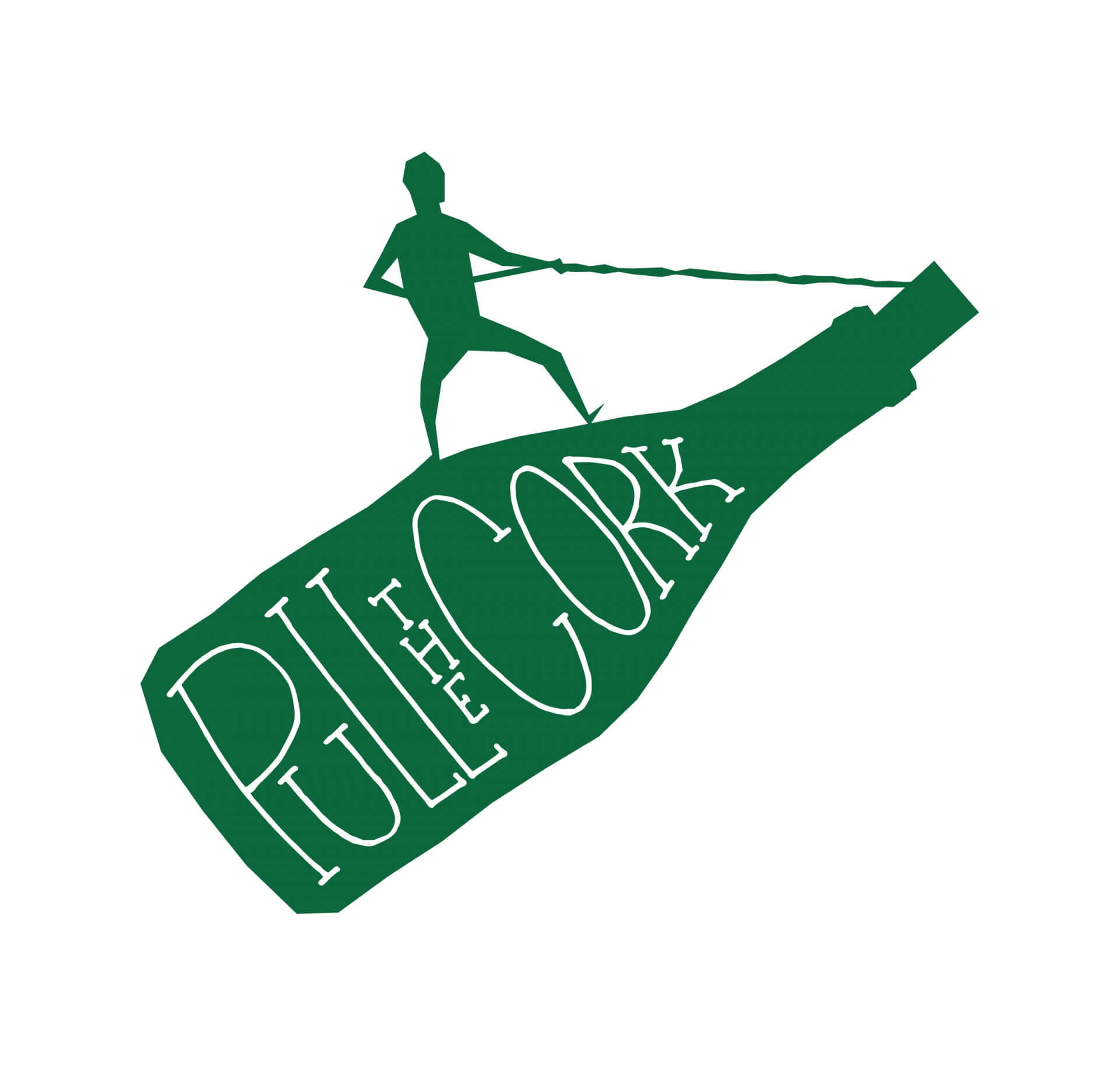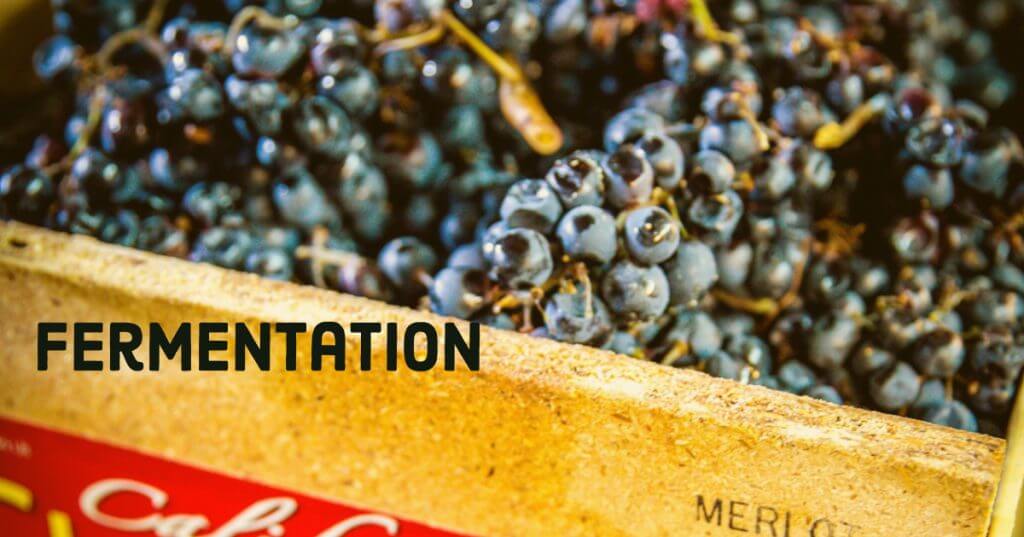Low Intervention Wines, Natural Wine
Wild Wine Fermentation: Embracing Individuality in the Wine World
Wild wine fermentation is synonymous with natural wine
There is a topic on the lips of oenophiles the world over – fermentation. In particular, wild wine fermentation. Industrial fermentation is what the rest of the wine-producing world does.
Now, wine doesn’t require any additional yeasts or additives to get it to ferment and produce that wondrous liquid we all know and love, because (according to Carlo Mondavi), there are over 50,000 natural yeast particles on each and every single wine grape. And yeast is all that stands between grape juice and the nectar of the Gods.
So why the fascination with a process that happens naturally? Because the commercial wineries mass-producing bottle after bottle of the same plonk can’t (and won’t) rely on natural yeast, in fact, they abhor it.
The Role of Yeast in Wine Fermentation
Wine is the result of fermentation of grapes, due to the activities of yeast that turn the sugar from the grapes into alcohol. Yeast is microscopic, invisible to the naked eye, their presence only verified by the tiny bubbles of CO2 that rise to the surface as the grape juice slowly ferments.
Even though they’re the fun guy (fungi – geddit?) they are often the overlooked party goers, upstaged by the gregarious end product, and rightly so. But what these little fungi do is remarkable. Yeast is responsible for taking a basic grape juice and turning it into a complex, multifaceted liquid containing alcohol. And commercial ventures need to control this whole process.

From start to finish they intervene and add in chemicals and manufactured yeasts to ensure that the taste, flavour, colour, aroma and general wine ambience is identical, each time they produce a bottle of wine. Variation of any sort in their wines is not a desirable trait.
- Learn more about the role of sulphites in the winemaking process.
But that isn’t the case for natural winemakers, such as the talented Frank Cornelissen.
Natural vintners actively encourage variation. For them, the variation that wild yeast brings to the party is what sets their wines apart from the mass-produced stuff.
And the reason that natural winemakers opt for a walk on the wild side is quite simply because for them, adding industrial yeasts into the mix is not what wine production is all about. Read more about sugar in wine.
The Uncertainty of Wild Wine Fermentation
For natural vintners, industrial yeasts make a mockery of what winemaking truly is. By adding in chemically created yeasts and controlling the flavour and outcome of each and every wine produced, you are removing a very special part of winemaking – the uncertainty.
And it’s this uncertainty of using wild fermentation that is the divisive aspect of it. This uncertainty is the reason the wine world is so fascinated with those dedicated to the natural winemaking process. Because relying on naturally wild yeasts to create something not just quaffable, but saleable too, yet not being able to guarantee the final outcome is too much for some people to stomach. And that’s fine.
Let the doubters and the naysayers scorn those dedicated to carrying on the traditional winemaking practices, the practices that have successfully produced wine sustainably for thousands of years. Let them mock the weird and wonderful elixirs that are created from a natural, age-old method. Let them think that all wild yeast in a winery is only there as a hangover from commercial strains that took up residency in the winery at some point in the past.
They’re the ones missing out on the myriad of wines that bring a whole new dimension to the wine world as it currently stands.
Did you know that natural wine is also low histamine wine, which makes it accessible to those allergic to histamine?
Top of the range wines are a result of wild fermentation in winemaking
Although some wine connoisseurs mock natural wine made with native yeast, winemakers in their droves are opting to employ wild fermentation to make their top of the range wines. Yes, you can purchase cultured yeast that will guarantee you a perfect tipple every time, but how dull is that? Where’s the excitement in knowing that you’re going to get the same result over and over again? Where’s the exclusivity?
The results aren’t always consistent, but then neither is life, and that’s what we love about it – the unexpected twists and turns and the many rabbit holes we find ourselves falling down.
- Find out how long does wine last, especially once you opened it.

What to expect from wild-fermented wines
So just how different are wild fermented wines from their mass-produced counterparts?
First things first, don’t expect wild fermented wine to taste like mass-produced wine. It doesn’t. The flavours tend to be far more complex in natural wine than you anticipate them to be.
Studies have shown that each vineyard has its own unique microflora fingerprint. And it’s this uniqueness that imparts a distinct microbial makeup into every bottle of wine. In fact, think of every resulting bottle of natural wine as an organic wine, honest review of the health of the vineyard from whence it came.
As a general guide, here it is what to expect from the different types of wild-fermented wines:
-
White wines
Natural white wines tend to be smoother, softer, less acidic than their commercial counterparts. And the texture of the wine varies too. If you aren’t sure what that means, try a natural white wine – it has more body to it than a standard bottle, creamier, oiler, fuller. This is because wild yeast takes longer to ferment a wine, leaving behind the lees, the dead yeast particles.
Natural rosé wines, like natural white wines, tend to have the same thicker, richer texture to them and are also less acidic.
This is where the fun can really begin – natural red wine smell like nothing you have encountered before – complex, funky, but with a deeper level of flavour that is guaranteed to knock your socks off.
All the notes that you would expect to experience from a red wine are intensified – the fruits are fruiter, the spices are stronger, the vanilla sweeter, but there are also other aromas mingled in too.
These unusual notes come from the wild yeast – side note, some of these can be overpowering and a little off-putting, so if you feel the wine is a tad too much for you, decant it and let some of that fragrance float away. The same is try for organic red wine.
Natural wine does not just come in red, white and rosé
We are only reminding you that that natural wine doesn’t just come in red, white and rosé.
If you’re keen to broaden your horizons, why not experience natural orange wine or indulge with a natural sparkling wine such as Pet Nat wine? Maybe our best low alcohol wine?
You won’t be disappointed if you browse our selection and buy orange wine.

